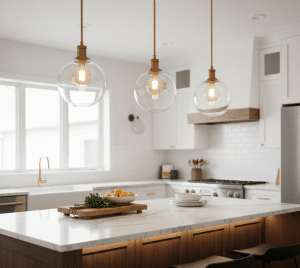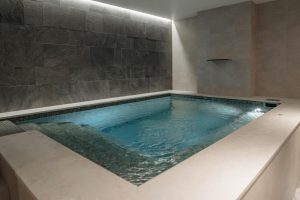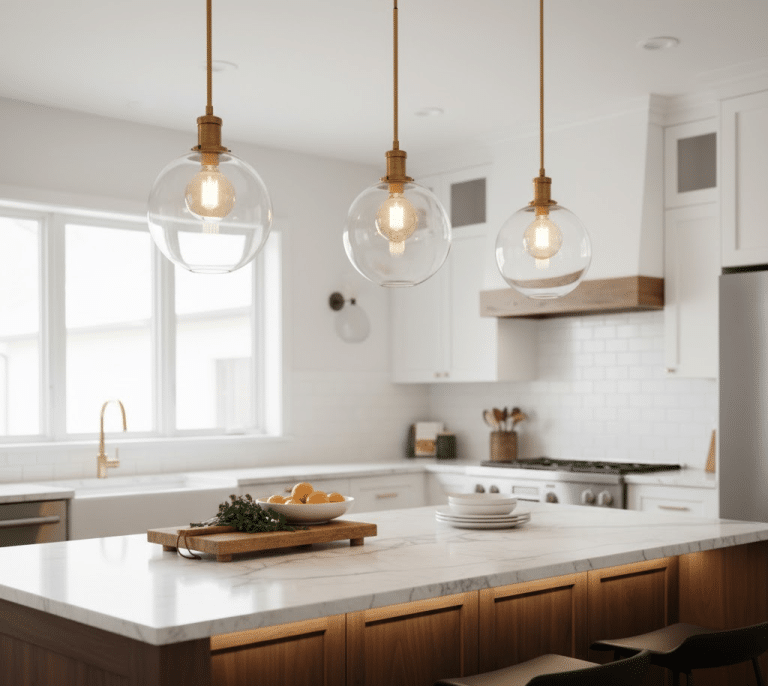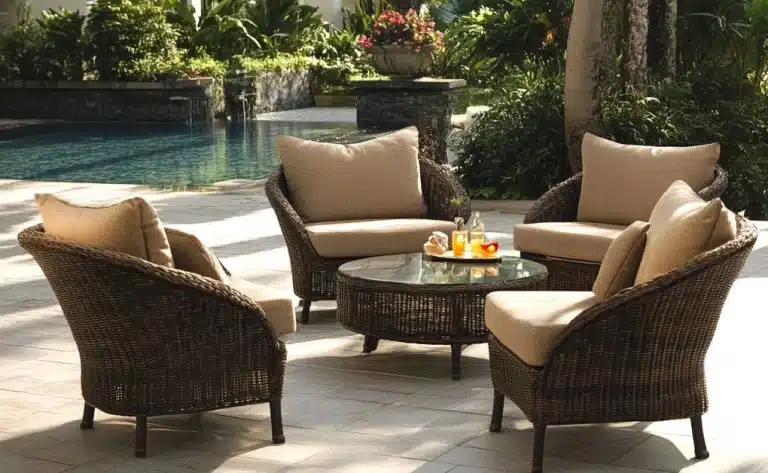A truly comfortable home keeps you cozy in winter and cool in summer, no matter how the weather shifts outside. The secret lies in the system that controls your indoor climate. The right setup can cut energy costs, boost efficiency, and make your space feel consistently pleasant.
With so many heating and cooling options available, it’s easy to feel unsure which one is worth your investment. This guide helps you compare the top choices so you can find what fits your home, your budget, and your comfort goals.
Central Systems vs. Individual Units
Before looking at heating or cooling separately, you should first decide how you want to deliver air throughout your home. Central systems, like traditional HVAC setups, control temperature through ductwork and vents. They keep the whole house comfortable but can be expensive to install and maintain.
Individual units, such as portable air conditioners or window units, are much cheaper up front and perfect for small spaces. But they don’t spread air evenly and tend to use more energy over time.
If you’re looking for smarter control without replacing your whole system, consider a smart air con setup. It connects to your phone or smart home hub, giving you remote access to temperature settings, schedules, and even energy tracking. Smart home tech brands now make these systems easy to integrate, so you can balance comfort and efficiency without a full system overhaul.
Heating Options
When temperatures drop, the right heating system can make all the difference.
- Furnaces: A popular choice for many homes. Gas furnaces heat fast and perform well in cold climates but need regular maintenance. Electric models are cleaner and easier to install, though they may cost more to run depending on local electricity rates.
- Heat pumps: Known for efficiency year-round. They move heat rather than create it, which saves energy and supports a greener home. Best suited for moderate climates, newer models now handle colder regions more effectively.
- Boilers and radiant heating: Ideal for steady, even warmth. These systems heat water that circulates through pipes under floors or to radiators, creating quiet and consistent comfort. Installation can be pricey, but maintenance is minimal and the comfort is unmatched.
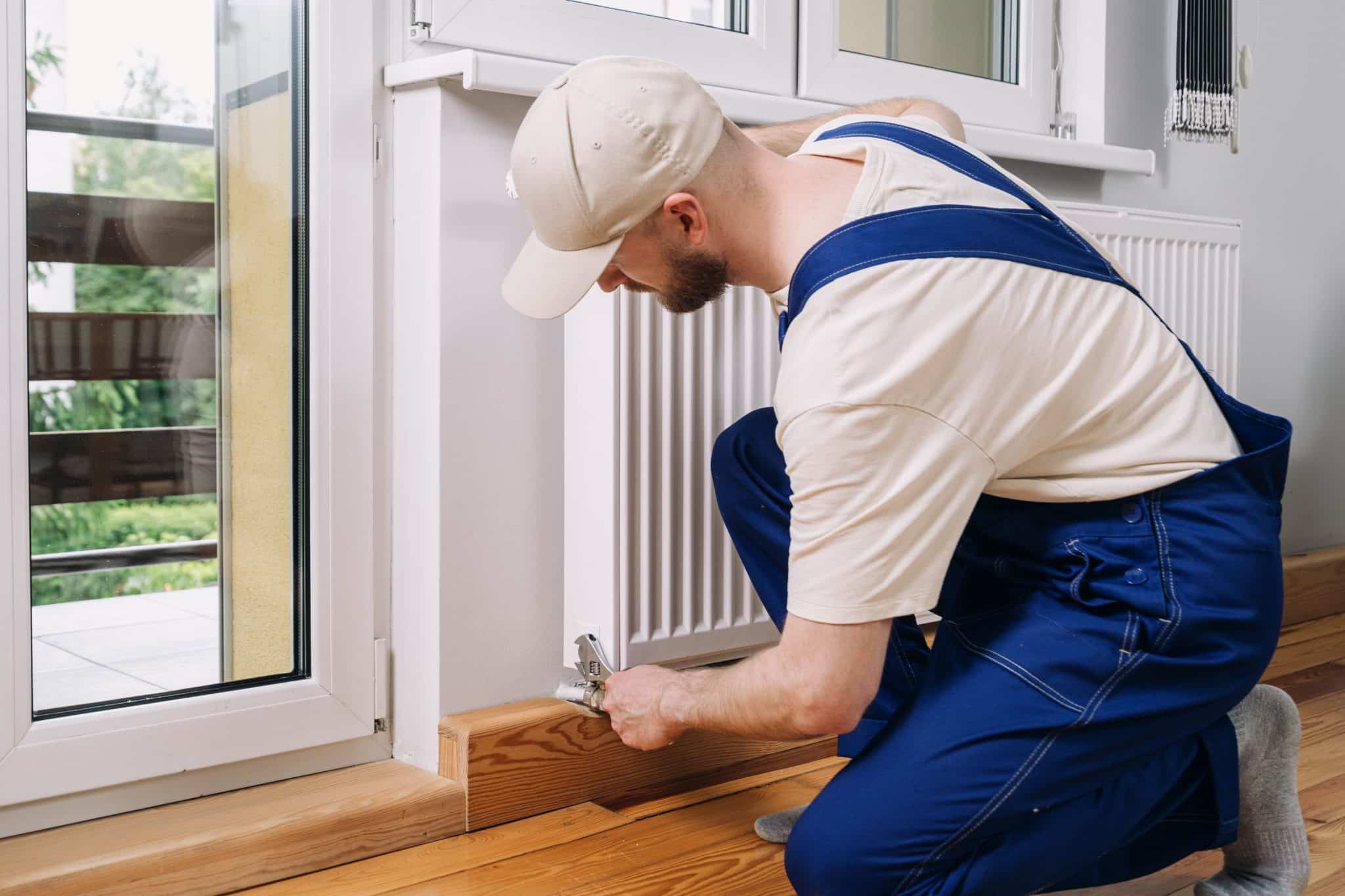
If you live in a region with harsh winters, a gas furnace or dual-fuel system might be best. For mild winters, a heat pump can be more efficient and cost-effective.
Cooling Options
When summer hits, keeping cool becomes the top priority.
- Whole-house cooling: For homes with existing ductwork, this system delivers even temperatures across every room. It’s a reliable choice for large spaces, especially when paired with regular maintenance and a programmable thermostat.
- Ductless mini-splits: A flexible alternative for homes without ducts. Each wall-mounted unit cools (and sometimes heats) specific rooms, giving you independent control. They’re quiet, efficient, and ideal for targeted comfort.
- Evaporative coolers: Also called swamp coolers, these work best in dry climates. They cool the air through water evaporation, offering an eco-friendly and affordable option. In humid areas, though, their performance drops.
The best cooling system is the one that keeps your space comfortable with the least effort. Whether you want full-home consistency, zoned control, or a natural cooling method, it’s all about finding what makes summer heat easy to handle.
Energy Efficiency and Environmental Impact
Every system you choose affects your energy bill and your carbon footprint.
For heating, check the Annual Fuel Utilization Efficiency (AFUE) rating. The higher it is, the more heat you get for every unit of fuel. For cooling, look for a high Seasonal Energy Efficiency Ratio (SEER) rating, which shows how effectively a system turns energy into cooling power. Both ratings help you measure long-term savings.
You can also boost efficiency by sealing windows, adding insulation, and using a smart thermostat. A programmable or app-controlled thermostat can automatically adjust temperatures when you’re away, saving energy without sacrificing comfort.
If you care about sustainability, heat pumps and ductless systems are among the cleanest and most efficient options available.
Cost and Maintenance Considerations
Upfront costs often guide people’s decisions, but long-term expenses matter just as much.
Furnaces and central air systems usually cost more at installation, yet they last longer with regular maintenance. Heat pumps are mid-range in price but save money through lower energy use. Mini-splits cost more per unit but let you control energy use room by room.
After the installation, proper care keeps it going. Filters, coils, and vents should stay clean for steady airflow. Ignoring these basics can cut efficiency and shorten system life.
If you’re on a tight budget, start small. Focus on system tune-ups or energy-saving accessories, like better filters or smart vents, to boost performance before replacing the entire system.
Making the Right Choice for Your Home
Choosing the right system goes beyond knowing your options. It’s about matching them to your real-life needs. Start by listing what matters most to you: lower bills, cleaner energy, or low maintenance. Then weigh those priorities against your home’s layout and local weather patterns.
If you’re unsure, ask an HVAC professional to evaluate your home’s energy use and airflow. A quick energy audit can reveal leaks, weak spots, and opportunities to improve comfort before you invest in a new system. That way, your decision is based on data, not assumptions.
Conclusion
Comfort looks different in every home. The best heating and cooling system is the one that fits your space, habits, and goals. Whether you choose a classic furnace, an efficient heat pump, or a smart air con setup, the goal stays the same: year-round comfort that doesn’t drain your wallet or waste energy. With a bit of research and thoughtful planning, you can create a home that feels just right in every season.




